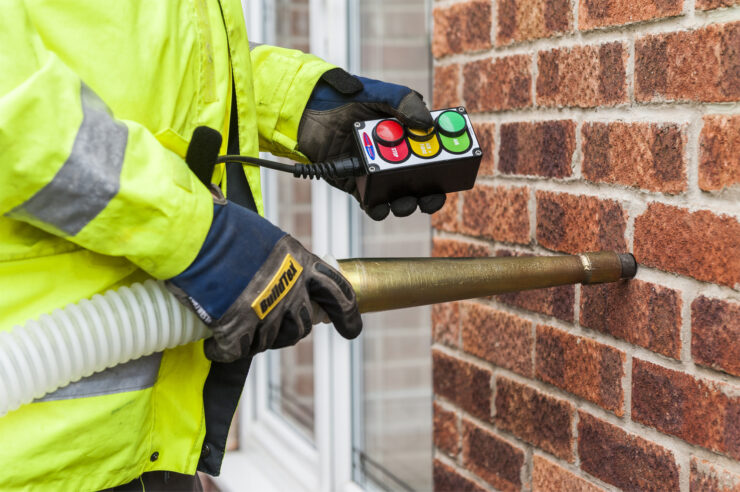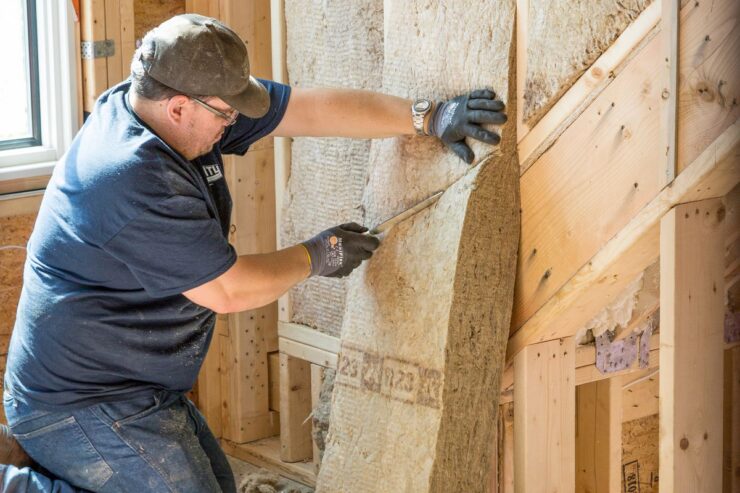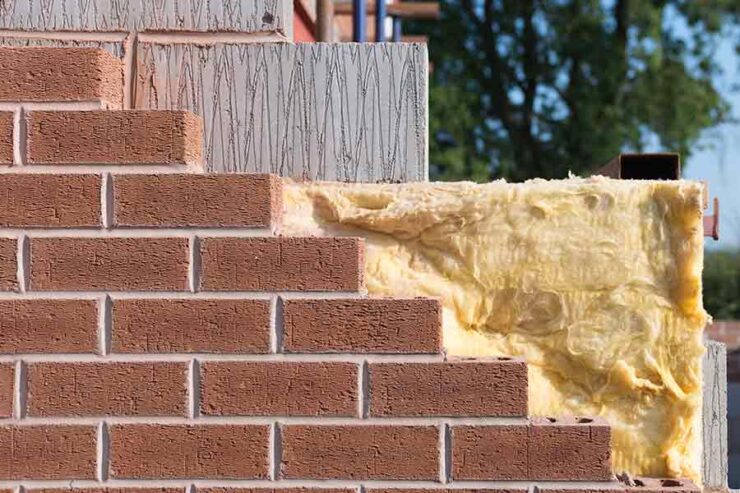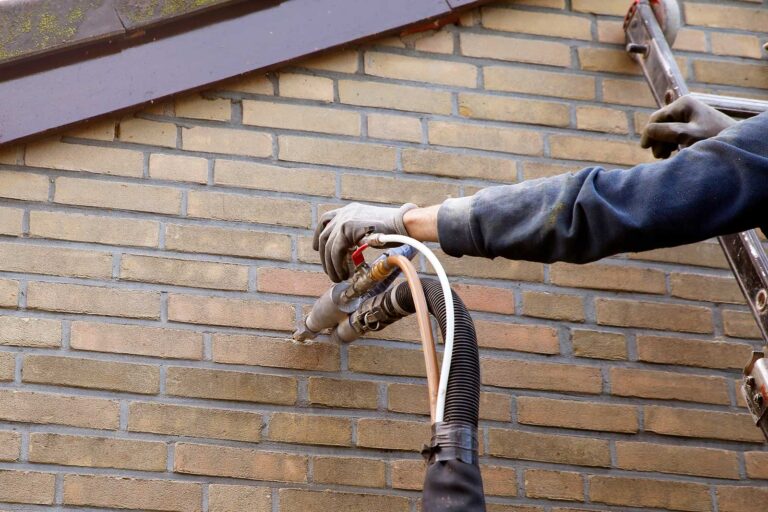Home insulation is essential to prevent unwanted heat transfer from outdoor to indoor or indoors to outdoors. Around 1/3rd of the heat loss happens through the walls of the house and more so if you have cavity walls. If your home was built before the last 20 years, then there are chances of empty cavity walls in your home.
If this is the case, then you can take advantage of these cavity walls and fill them with insulation that will be a very cost-effective option for you. According to Utility Bidder, wall insulation can help prevent heat loss as well as heat gain and thus help you save money on your energy bills. According to research, you can get payback from your investment in cavity wall insulation in less than 5 years.
What is a cavity wall, and how to find out whether your house has cavity walls?

A cavity wall consists of two separate walls, mostly built from bricks that have a gap between them. Metal wall ties are used to hold these two walls together. So how do you know whether your house has cavity walls or not? Well, you can first find out how old your house is. During the first half of the 20th century, cavity walls were used in homes to prevent dampness.
If you cannot find the exact age of your house but think that it was built around 1930, then you can look at the exposed brickwork of the wall. The bricks in your wall will be the same length if your house has cavity walls. The bricks in cavity walls are all laid lengthwise in a staggered design, and the width of the wall is also more than 270mm.
On the other hand, in the solid wall, the ricks are laid lengthways as well as across the width. And lastly, if you do not have any exposed brickwork, then you can tell from the thickness of the wall. Since the cavity wall consists of two walls with a gap in between, this makes the cavity wall much wider than a 9-inch solid wall.
This can be checked by looking at the doorways and windows; if they are thicker than 10 inches, then you have cavity walls in your house.
How to tell whether you already have cavity wall insulation?

The next question that comes to mind is, does your house already has cavity wall insulation or not? How can you check this? If your house was built 20 years, then it is likely that your house was not insulated, but if it was built within the last 20 years, then there are chances of insulation in your cavity walls.
You can confirm by asking a professional to conduct a borescope inspection, which consists of drilling small holes in the wall to find out whether there is insulation in the walls or not. You can also confirm by checking the record of your house with the building control department. But before you do this, there are some ways in which you can find out yourself.
You can check for cavity wall insulation in the attic; there may be insulation material spilling out from the wall, which indicates cavity wall insulation. Moreover, professionals who installed the insulation will have drilled 1″ holes in the wall. These holes will have been filled in later on, but you may be able to see faint marks that can be used to check for insulation.
Who should consider cavity wall insulation?

How to know whether cavity wall insulation is right for your home? This insulation is suitable only if your house meets the below-mentioned requirement. You should only consider cavity wall insulation if:
- The cavity between the wall is at the least 2 inches thick
- The empty cavity walls are created from bricks
- The brickwork is in good shape
- The internal walls are dry. If your walls are wet and damp, then you will need to take care of them before you can get cavity wall insulation.
- The external walls are separate from the neighboring house and easily accessible. Because the walls are attached, then there may be a need to install a cavity barrier that will increase the cost of insulation, and some installers may be reluctant to install the wall insulation.
- There is no timber or steel-framed construction. Timber-framed or steel-framed homes are not suitable for this type of insulation as they require a gap to ensure moisture can flow out. You can check your attic to ensure the style of your house. If the gable walls are made of timber, then your house is a timber-framed home.
- The house is less than 4 stories high.
How is cavity wall insulation installed?

The expert installers will first assess whether your cavity walls are suitable for the wall insulation or not. The walls will be checked for their condition and dryness. After this, they will drill a small hole at regular intervals, through which the wall insulation will be blown in using its equipment.
Afterward, the small holes will be filled with mortar. This process of cavity wall insulation is completed in approximately 2 hours for an average-sized home that has easily accessible walls. They will not need to enter your home for any of this process and also ensure that all the mess is cleaned before they leave. After this process is over and the work is done, you will be given a guarantee for the work. A local authority may also visit to ensure the work is of standard.
What type of cavity insulation is used?

Cavity wall insulation consists of mineral fiber wool, polyurethane foam, or polystyrene granules. Learn more about them below.
1. Mineral fiber wool
The most often used material for cavity wall insulation is mineral fiber wool. It’s just like the quilt type insulation used in insulation of lofts, but for wall insulation, it is broken into small pieces for easy blowing through small holes. This material needs to be used dry to ensure insulation. Over time the material may settle and create pockets of air at the top.
2. Polyurethane foam
Polyurethane foam is the best when it comes to preventing heat transfer and offering good cavity wall insulation. However, the installation of this type of insulation is challenging and requires experts. Also, the type of foam determines the insulation, so some foams may degrade over time.
3. Polystyrene granules or beads
These are also well-known insulation due to their ability to efficiently trap heat and provide solid insulation. But loose polystyrene granules can flow out of air bricks and holes used for the installation of insulation.

